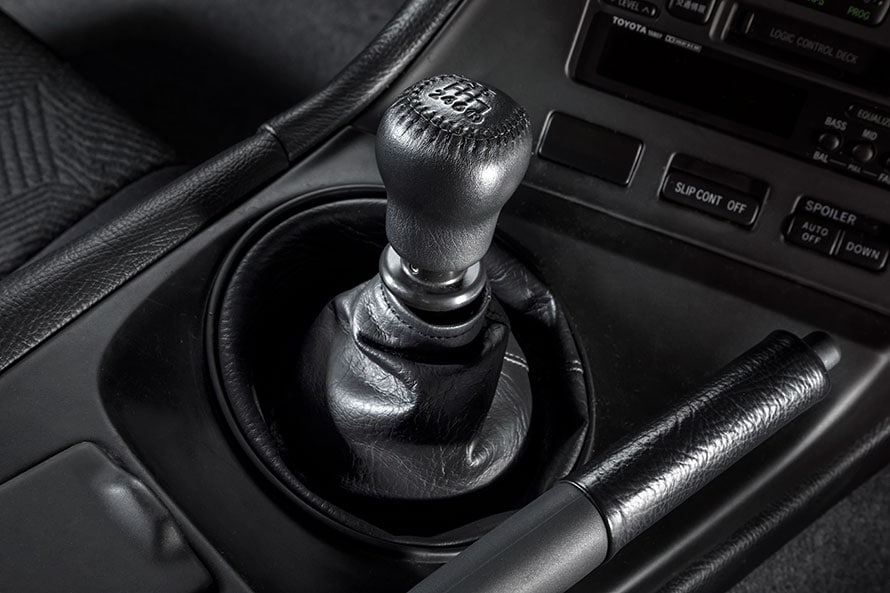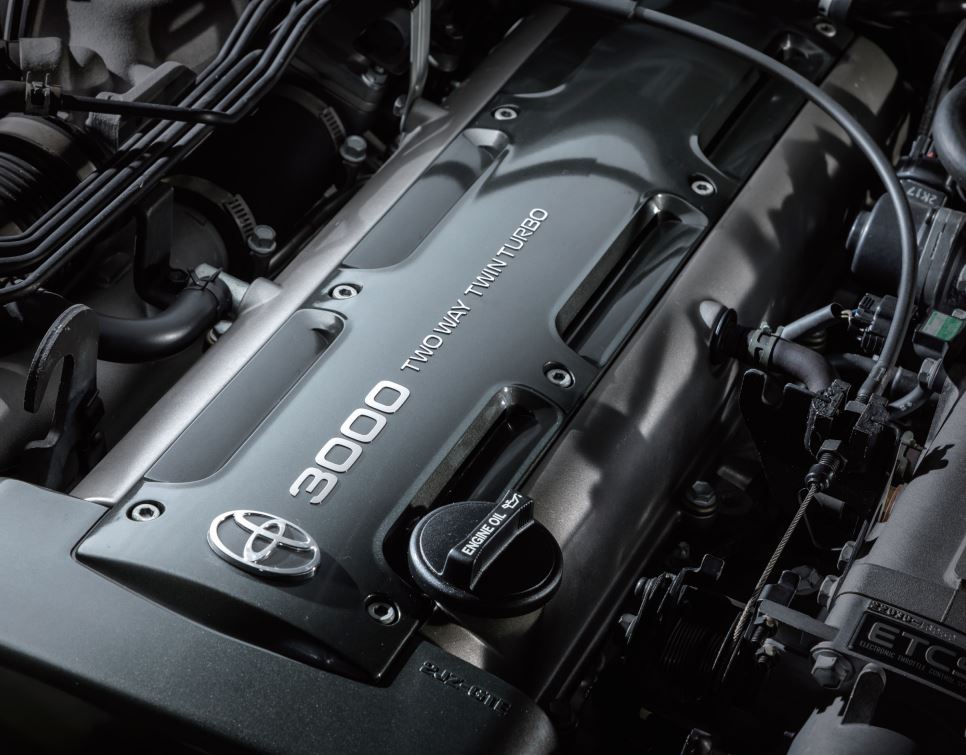A Deep Look Into The Toyota Supra Mk4
Although Toyota stopped Mk4 production in 2002, this fourth-generation Supra is still a superstar. We're gonna tell the whole truth about Japanese domestic version Supras
That was then. What about now?
After a 20 year pause, Toyota released the fifth-generation Supra in 2019 – but it proved to be a letdown for hardcore fourth-generation Supra fans. Toyota had collaborated with BMW on the Mk5, and incorporated a BMW-sourced engine – not the Toyota 2JZ engine that had become had become legendary in the market. It just wasn't the same.

Although Toyota stopped Mk4 production in 2002, this fourth-generation Supra model is still a superstar. It’s the most celebrated product in Toyota’s sports car history, and turbofans around the world continue to seek out.
Built between 1993 and 2002, The Toyota Supra MkIV offered two different engine options; a naturally aspirated 2JZ-GE, 3.0-litre, straight 6 with 220 horsepower, and a 2JZ-GTE 3.0-litre twin-turbocharged straight 6 with 280 horsepower. Each model offered both automatic and manual options.
How much should you expect to pay for a Supra Mk4 in Japan?
The covid pandemic brought big changes in consumer buying behavior. More car collectors began hunting for the best Supra Mk4 models on the market – resulting in a doubling or even tripling of prices.
Some examples from the past year:
| Grade | Transmission | Engine type | MSRP 1993-2002 | Market price: lowest/highest |
|---|---|---|---|---|
| SZ | AT or 5 speed manual | Non turbo | 2,950,000 jpy | 2,230,000 - 4,125,000 jpy |
| SZ-R | 5 or 6 speed manual | Non turbo | 3,470,000 jpy | 3,025,000 - 4,530,000 jpy |
| GZ | AT only | Turbo | 4,550,000 jpy | 3,920,000 - |
| RZ-S | AT and 6 speed manual | Turbo | 3,880,000 jpy | 2,733,500 - 9,450,000 jpy |
| RZ | AT and 6 speed manual | Turbo | 4,480,000 jpy | 3,990,000 -7,100,000 jpy |
The Supra underwent a slight facelift in 1997, and had a modification to the headlights, steering wheel, and minor changes to the engine room. But what really mattered was that the Supra Mk4 stayed true to its unique engine design.
The Secret Behind the Success of the Supra Mk4
The fourth-generation Supra combines power, overengineered turbocharged engine reliability, an aerodynamic body, and a 6-speed Getrag transmission.

Of course, the star feature is the Mk4 Supra's six-cylinder turbocharged 2JZGTE powerplant – an engine so powerful that it’s a favourite even with pro motorsports teams. But it’s not just the engine’s HP capacity that makes it so popular: it’s the fact that this engine can be upgraded to amp up the power output. Buyers in the aftermarket quickly learned that the 2JZGTE engine could be tuned to well over 280HP without affecting reliability. Even a small modification could turn the Supra into a supercar.

Should You Buy a Modified Supra?
Turbofans look for two things when they’re shopping for a Supra - a turbocharged engine, and manual transmission. And the market is responding to consumer demand. There are more and more modified cars available every year.
The Supra Mk4 came with a 6-speed Getrag gearbox, which has great shifting capability and is designed for major engine power. But suppose the car you’re looking at has automatic transmission. Replacing automatic transmission takes time, money, and effort – and Getrag transmissions are expensive and hard to find in the used parts market. This example's start price is 1,000,000 jpy


تعليقات
إرسال تعليق